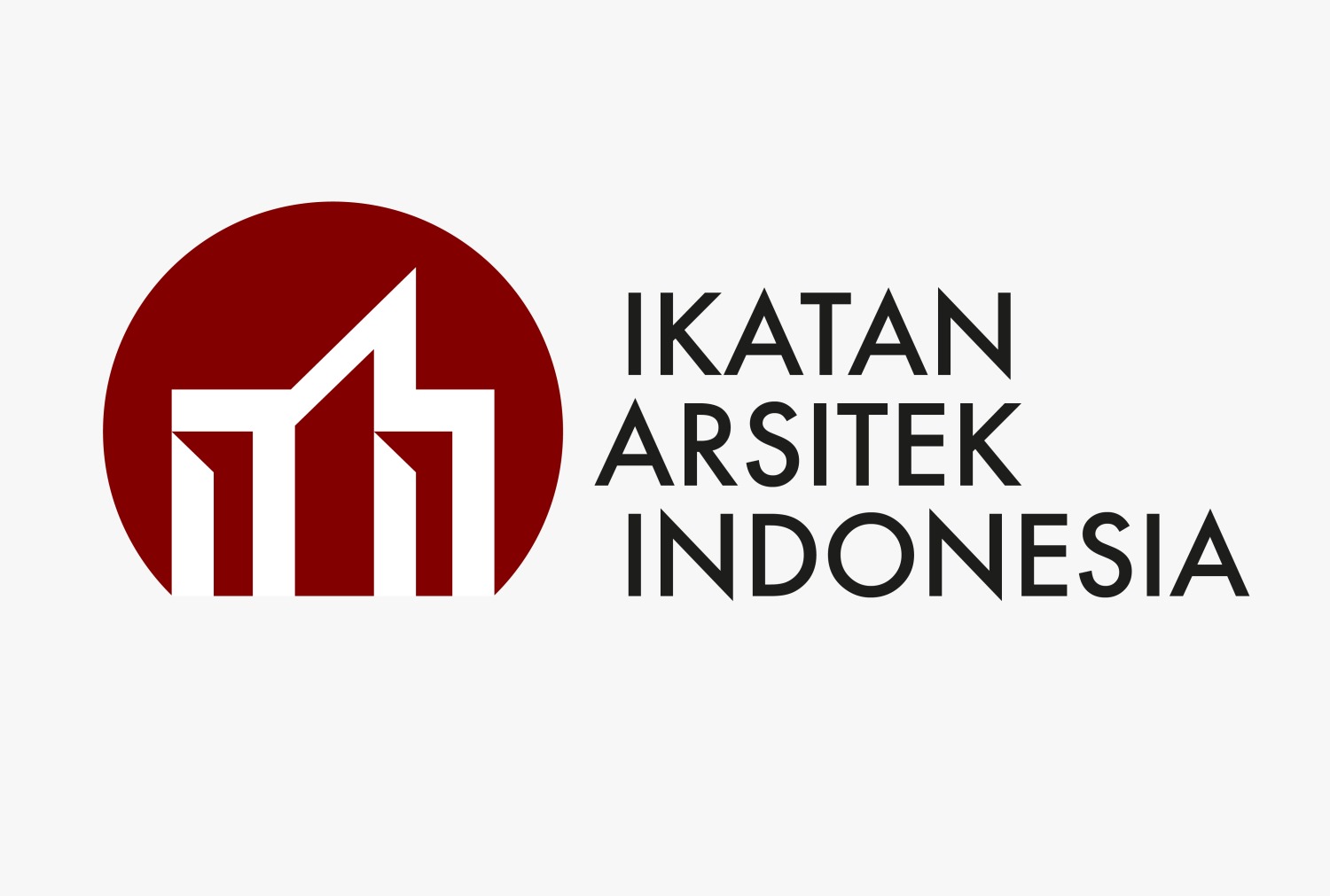Urban Households Solid Waste Generated and Characteristics: The case of Shah Alam City Hall, Selangor.
DOI:
https://doi.org/10.31101/juara.v3i1.985Kata Kunci:
Solid Waste Generated, Solid Waste Composition, Socioeconomic, Households.Abstrak
Unduhan
Referensi
Agamuthu, P. and Hamid, F.S. (2011). Challenges and Issues in Moving towards Sustainable Landfilling in a Transitory Country-Malaysia, Journal of Waste Management and Resources, 29(1), 13-19.
Aretha Aprilia, Tetsuo Tezuka & Gert Spaargaren, (2011), Municipal Solid Waste Management with Citizen Participation in Jakarta, Indonesia, Springer 2011.
Benjamin Bolaane, (2005), Constraints to promoting people centred approaches in recycling, 30 (2006) 731–740.
Christensen, T.H. (2011). Solid Waste Technology and Management, United Kingdom: West Sussex: A. John Wiley and Sons.
Dahlen, L. and Lagerkvist, A. (2010). Pay as you throw Strengths and Weaknesses of Weight-Based Billing in Household Waste Collection Systems in Sweden, Journal of Waste Management, 30, 23-31.
EASUR (Urban Development Sector Unit East Asia and Pacific Region) (1999). What a Waste: Solid Waste Management in Asia and Pacific Region. United States of America: World Bank.
EPA (Environmental Protection Agency). (2002). National Emissions Inventory Data & Documentation, Technology Transfer Network Clearing House for Inventories & Emissions Factors. United States: Environmental Protection Agency.
Ezeah, C., and Roberts, C. L. (2012). Analysis of Barriers and Success Factors Affecting the Adoption of Sustainable Management of Municipal Solid Waste in Nigeria. Journal of Environmental Management, 103, 9-14.
Ezeah, C., Roberts, C. L., Watkin, G. D, Philips, P. S., and Odunfa, A. (2009). Analysis of Barriers Affecting the Adoption on a Sustainable Municipal Solid Waste Management System in Nigeria. In the Proceedings of the 24th International Conference on Solid Waste Technology and Management, March 12-15, 2009. Widener University, Philadelphia, USA.
Frank Kreith and George Tchobanoglous. (2002). Handbook of Solid Waste Management. Handbook of Solid Waste Management, McGraw Hill.
Harian Metro. 2016. 7986.47 Tan Sehari. http://www.pressreader.com. Accessed On 19 November 2017.
Johari, A., Alkali, H., Hashim, H., Ahmed, S. and Mat, R. (2014). Municipal Solid Waste Management and Potential Revenue from Recycling in Malaysia. Journal of Modern Applied Science, 8(4), 29-36.
John Pichtel. (2005). Waste Management Practices, Municipal, Hazardous and Industrial, Taylor and Francis, CRC Press.
Majlis Bandaraya Shah Alam (MBSA), (2013) Laporan Tahunan 2013. MBSA.
Matthew Franchetti. (2009). The Solid Waste analysis and minimization research project-a collaborative economic stimulus and environmental protection initiative in northwest Ohio, USA, Journal of Solid Waste Technology and Management, 35, 121-132.
MHLG (Ministry of Housing and Local Government) (2010). Strategic Solid Waste Management: The Malaysian Approach. Malaysia: National Solid Waste Management Department.
Neuman, K. (1982). Personal Values and Commitment to Energy Conservation, Journal of Environment and Behaviour, 18, 53-74.
Kamaruddin, M. A., Yusoff, M. S., Rui, L. M., Isa, A. M., Zawawi, M. H., & Alrozi, R. (2017). An overview of municipal solid waste management and landfill leachate treatment: Malaysia and Asian perspectives. Environmental Science and Pollution Research, 24(35), 26988-27020. https://doi.org/10.1007/s11356-017-0303-9
K. Sasikumar, Sanoop Gopi Krishna. (2009). Solid Waste Management, PHI Learning Private Limited.
Pretz, T., Nikou, N., and Kontos, C. (2001). The effects of the European Directives 94/62 and 99/31 to the waste management sector in Greece. Proceedings of Environmental Science and Technology (CEST), 5-7 September, 2011, Athens, Greece.
Price, J. L., and Joseph, J. B. (2000). Demand Management - A Basis for Waste Policy: A Critical Review of the Applicability of the Waste Hierarchy in Terms of Achieving Sustainable Waste Management. Journal of Sustainable Development, 8(2), 96–105.
Qu, X., Li, Z., Xie, X., Sui, Y., Yang, L., and Chen, Y. (2009). Survey of Composition and Generation Rate of Household Wastes in Beijing, China. Journal of Waste Management, 29, 2618-2624.
Schall, J. (1992). Does the Solid Waste Management Hierarchy, Make Sense? A Technical, Economic and Environmental Justification for the Priority of Source Reduction and Recycling, Solid Waste Management Project Working Paper, School of Forestry and Environmental Studies.
Soncuya, F., and Viloria, V. (1992), In K. Sasikumar, Sanoop Gopi Krishna, (2009), Solid Waste Management, PHI Learning Private Limited.
Tchobanoglous, G., Theisen, H. and Vigil, S. A. (1993). Integrated Solid Waste Management: Engineering Principles and Management Issues. 2nd Edn., McGraw-Hill International: New York, USA.
Thogersen, J. (1994). A Model of Recycling Behavior, with Evidence form Danish Source Separation Programs. Journal of Research in Marketing, 11, 145 -163.
Troschinetz, A. M., and Mihelcic, J. R. (2009). Sustainable Recycling of Municipal Solid Waste in Developing Countries. Journal of Waste Management, 29(2), 915-923.
UNICEF (United Nations International Children's Emergency Fund). (2006). Solid and Liquid Waste Management in Rural Areas. A Technical Note.
Van, K. A., and Anschutz, J. (2001), Integrated Sustainable Waste Management - The Concept. Tools for Decision-makers. Retrieved on January 06, 2013, from:http://www.eawag.ch.
Vesilind, P. A., Worrell, W. A., and Reinhart, D. R. (2002). Solid Waste Engineering, Brooks/Cole-Thomson Learning, Pacific Grove, CA.
Wahid, M., and Chamhuri, S. (2007). Waste Management and Recycling Practices of The Urban Poor: a case study in Kuala Lumpur city, Malaysia, Journal of Waste Management and Research, 25. 45-53.
Wayne A. Fuller, (1978), Sampling Statistic, A John Wiley & Sons, Inc., Publication, Iowa State University.
Wilson, D. C. (2007). Development Drivers for Solid Waste Management. Journal of Waste Management and Research, 25(3), 155-164.
Yiing, C. M., and L. Abd Manaf, (2014). Overview of Household Solid Waste Recycling Policy Status and Challenges in Malaysia, Journal of Resources, Conservation and Recycling, 82, 50-61.
Yong, R. (2000). Japanese Approaches to Environmental Management: Structural and Institutional Features, Journal of International Review for Environmental Strategies, 1(1), 79-96.
Zurbrugg, C., Gfrerer, M., Ashadi, H., Brenner, W., and Kuper, D. (2011). Determinants of sustainability in solid waste management - The Gianyar Waste Recovery Project in Indonesia, Journal of Waste Management, 32, 2126-2133.
Unduhan
File Tambahan
Diterbitkan
Cara Mengutip
Terbitan
Bagian
Citation Check
Lisensi
With the receipt of the article by the JUARA and the decision to be published, then the copyright regarding the article will be diverted to Journal of JUARA. Universitas 'Aisyiyah Yogyakarta as the publisher of Journal of JUARA hold the copyright regarding all the published articles in this journal.
Journal of Health Studies is licensed under a Creative Commons Attribution-ShareAlike 4.0 International License.




